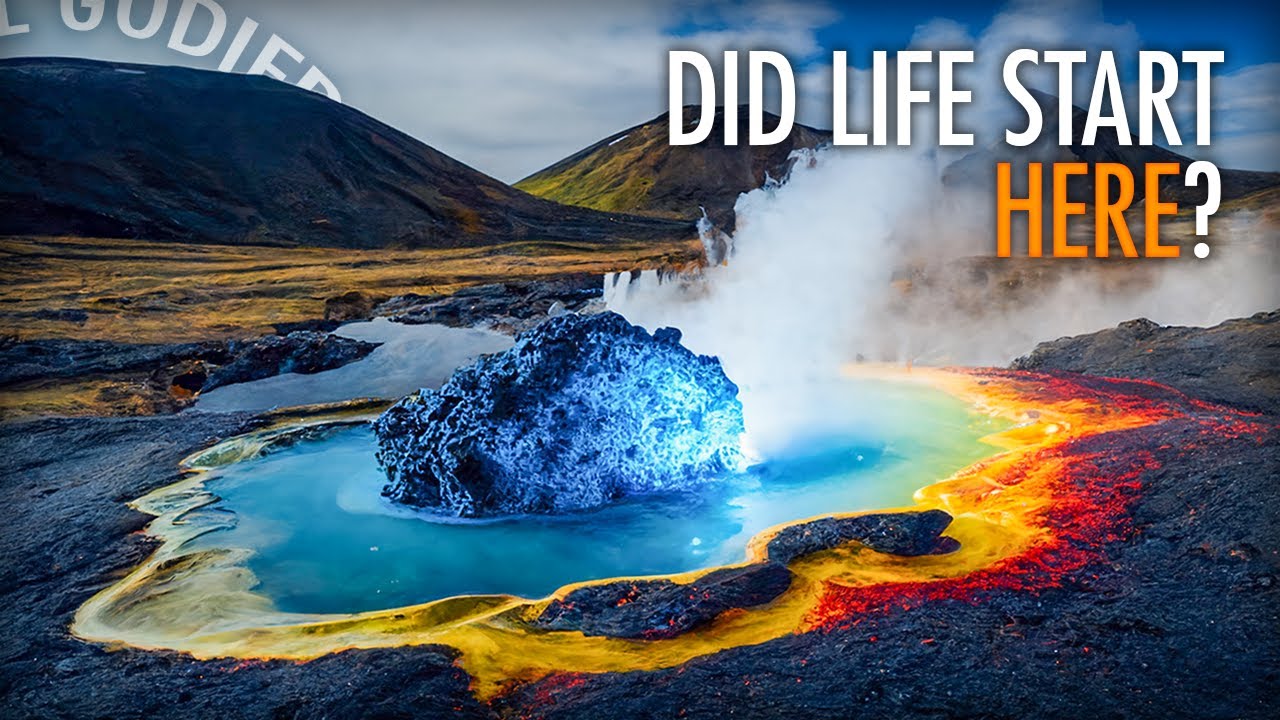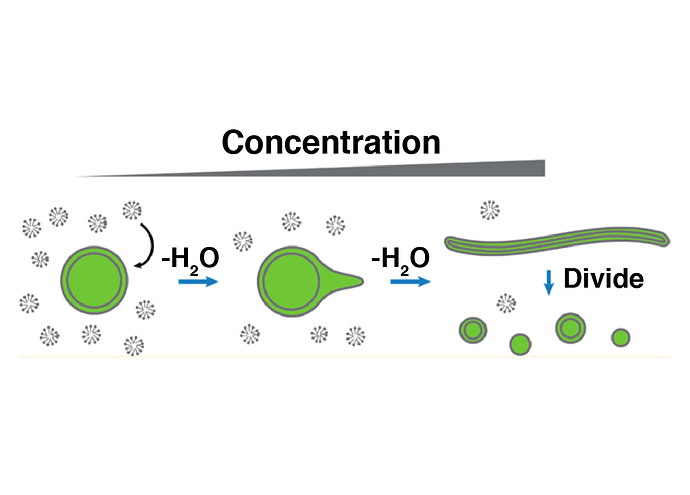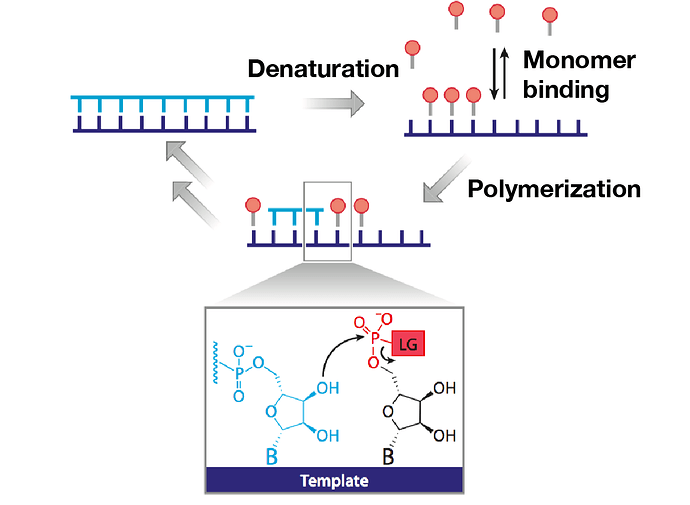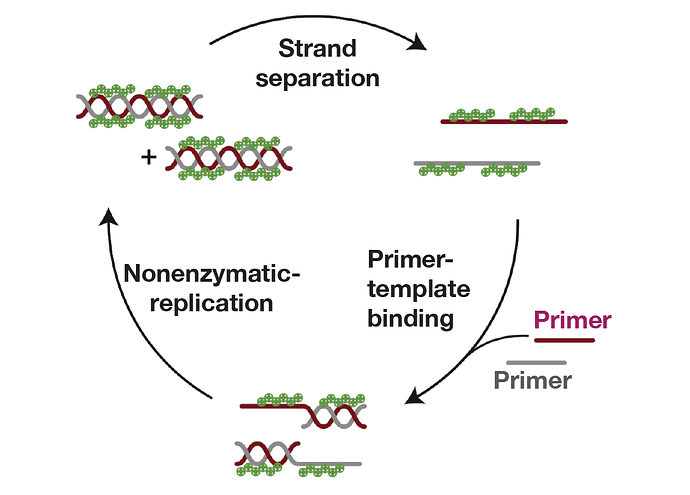The question is, how does the “mind” (whatever that is) create the new information? Maybe the mind does it by a process of massively parallel random variation and recombination, combined with selection through filters trained from previous experience and/or hard wired from birth (“instinct”). This is, after all, not unlike the process used by the recently successful generative AI programs. But, more interestingly, it’s essentially the same way evolution works in a biosphere: massively parallel search among individuals and species, random variation due to copying errors, recombination by sexual reproduction and lateral gene transfer among microorganisms, and selection by the environment and competition with other individuals and species.
An interesting perspective on the origin of novelty in organisms is presented in Andreas Wagner’s book Arrival of the Fittest: How Nature Innovates, which I am in the process of reading. Wagner is a pioneer in computational genomics, and has mapped the multidimensional space of metabolic pathways and proteins in microorganisms. The number of possible phenotypes defined by the metabolic pathways by which a bacterium can obtain energy and carbon from nutrients is around 2^{5000}\approx 10^{1500}, which is a number vastly larger than the number of subatomic particles in the visible universe (\approx 10^{80}). Yet if you arrange these reactions as vertices of a 5000-dimensional hypercube and then explore which neighbourhood can be reached from a given vertex by changing only one reaction at a time (which is equivalent to being connected by an edge between the vertices), you discover the neighbourhoods are vast and extend through a large space of the metabolic hypercube.
For example, a computer experiment started with the reactions that E. Coli uses to synthesise all of its sixty or so essential biomass molecules from glucose and then explored how many adjacent metabolisms (arrived at by changing just one reaction) were viable, defined as synthesising the same products. What was found is the total number of viable metabolisms an alternative E. Coli could use to live off glucose numbered more than 10^{750}, with the most distant sharing only 20% of the reactions used by the original bacterium.
The same experiment may be repeated on proteins, and one finds that starting with an 80 amino acid protein used to bind ATP and again changing just one amino acid at a time, there were 10^{93} equivalently functional proteins reachable from the starting point, all by a series of single residue changes of the kind a random mutation causes.
This means the capacity for innovation inherent in these biological systems is enormous and, more importantly, drastically different molecular structures exist which perform the same biological function, all of which can be arrived at by a series of single-step changes of precisely the kind evolution produces. But these functionally identical variants can have very different properties at the level of the organism, such as tolerance to temperature, chemical environment, ability to resist damage from toxins, etc. So it is plausible that constant random incremental variation and selective feedback allows innovation of never-before explored structures which increase adaptation to the ever-changing environment.
I’m only half way through the book. I’ll reserve judgement until I finish it.



